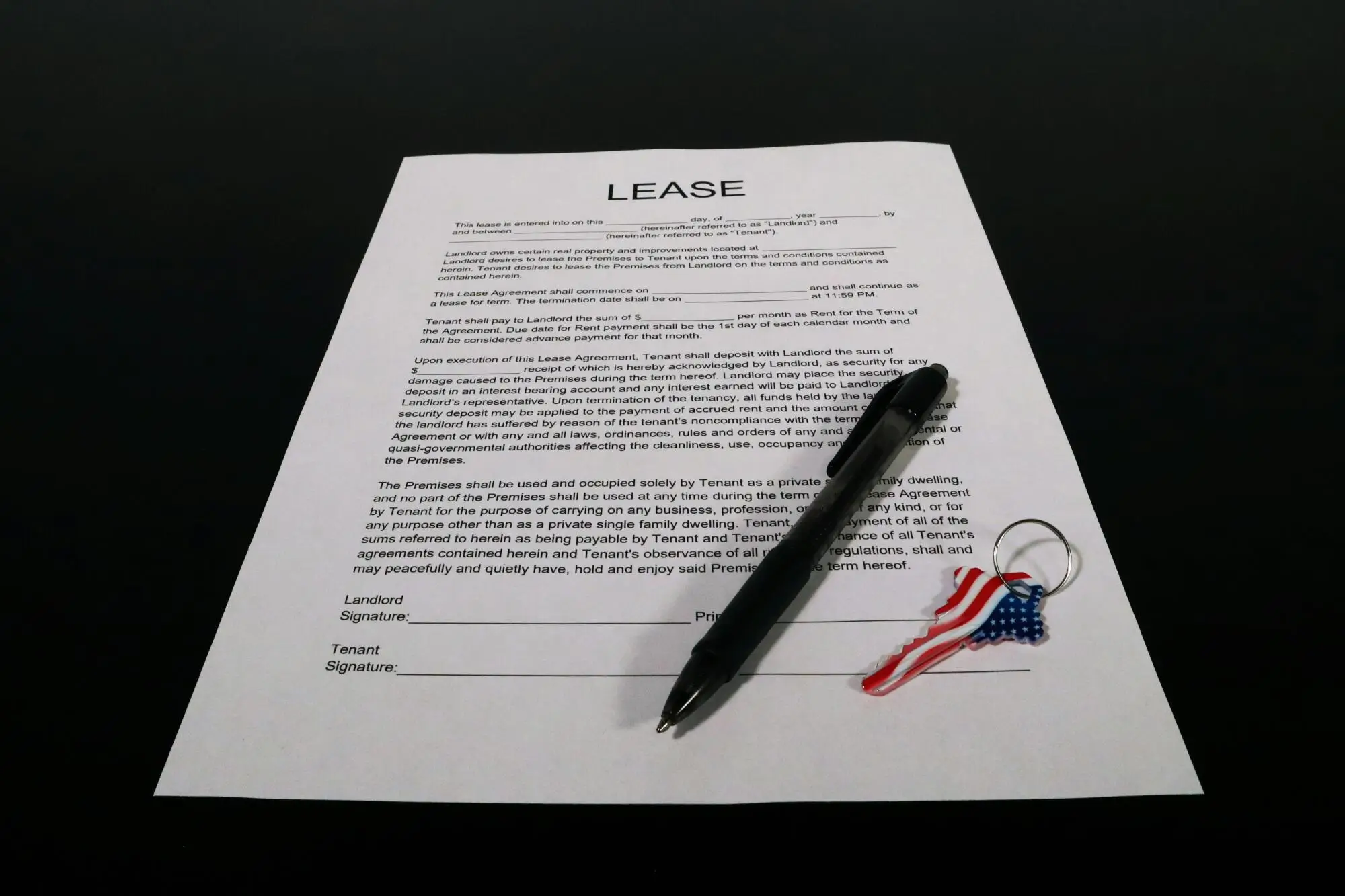As a real estate investor, how much effort do you put into commercial lease analysis? If you think of it as a formality, you're on the wrong track.
In bustling markets such as Irvine, having a robust understanding of commercial leases is a key part of the due diligence process. By conducting a lease analysis, it's much easier to evaluate terms and make informed decisions.
Not quite sure what this process involves? Here are four essential steps of commercial lease analysis that will help you avoid any costly mistakes!
Step 1: Understand the Lease Components
To master commercial lease analysis, it's crucial to understand the various components of a lease. Typically, a commercial lease includes:
- Lease Type: Whether it's a gross lease, net lease, or modified gross lease
- Length of Lease: The duration of the lease and options for renewal
- Rent Amount: The base rent and any escalations over time
- Operating Expenses: Who pays for what-common areas, as well as repairs and maintenance
- Rights and Responsibilities: Including upkeep of the property and the condition upon exit
Understanding all these elements will provide a strong foundation for your analysis. Familiarizing yourself with the basics is one of the best business lease tips we can give you, particularly in changing real estate markets.
Step 2: Conduct a Detailed Market Analysis
Before signing a lease, it's essential to compare the proposed lease terms with the commercial real estate trends in Irvine. A good way to do that is to visit nearby properties and examine the following:
- Lease rates and terms
- Types of tenants in similar spaces
- Vacancy rates and economic conditions
This market analysis serves as a key benchmark, allowing you to use verifiable data in lease contract evaluation.
Step 3: Calculate Total Cost of Occupancy
When evaluating potential leases, remember that the lowest rent may not be the best deal. Calculating the total cost of occupancy is vital. This includes:
- Base rent
- Operating expenses
- Utilities
- Insurance costs
- Local taxes
Your goal is to estimate the full financial impact of the lease. Think of this as the foundation for your lease negotiation strategies.
Step 4: Negotiate the Terms
Armed with market data and occupancy calculations, you can enter the negotiation phase confidently. Vital terms to consider include:
- Rent increases
- Improvements and modifications allowed
- Exit or termination options
Effective negotiation can lead to better lease terms that save you money and provide leverage down the line. Consider enlisting the help of the experts for property management insights specific to your situation.
Your Path to Success in Commercial Lease Analysis
As you can see, mastering commercial lease analysis involves a thorough understanding of the market, costs, and terms. If you don't have a lot of experience in this area, your best bet is to hire a professional property manager.
At PMI Orange County, we can help you with lease analysis and all other tasks related to managing a commercial property. We're a locally owned, independently operated firm committed to maximizing owner profitability!
Contact us here to see why PMI has been improving the property management industry for 20+ years!


